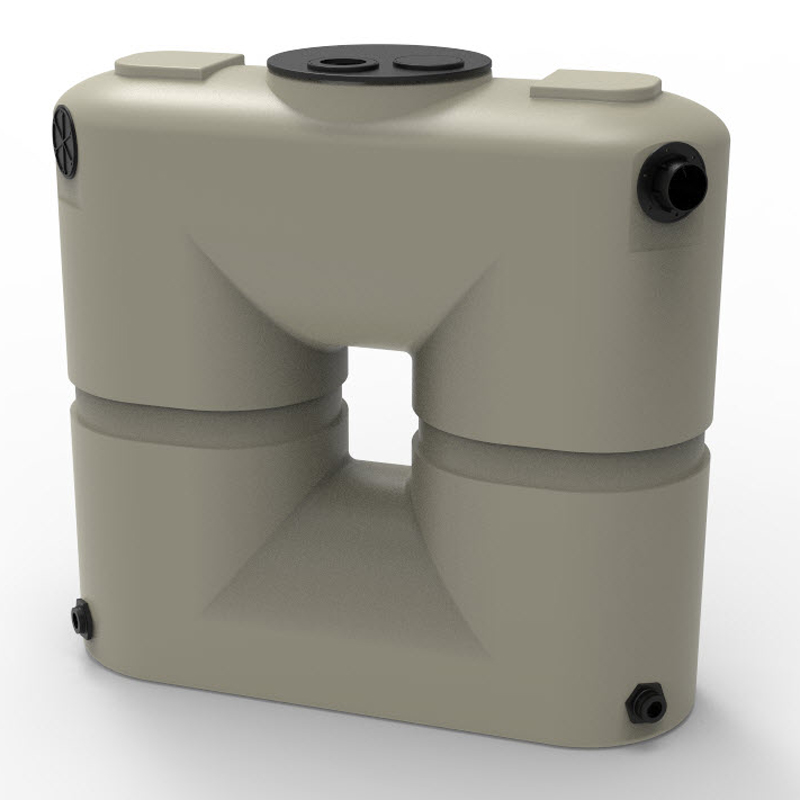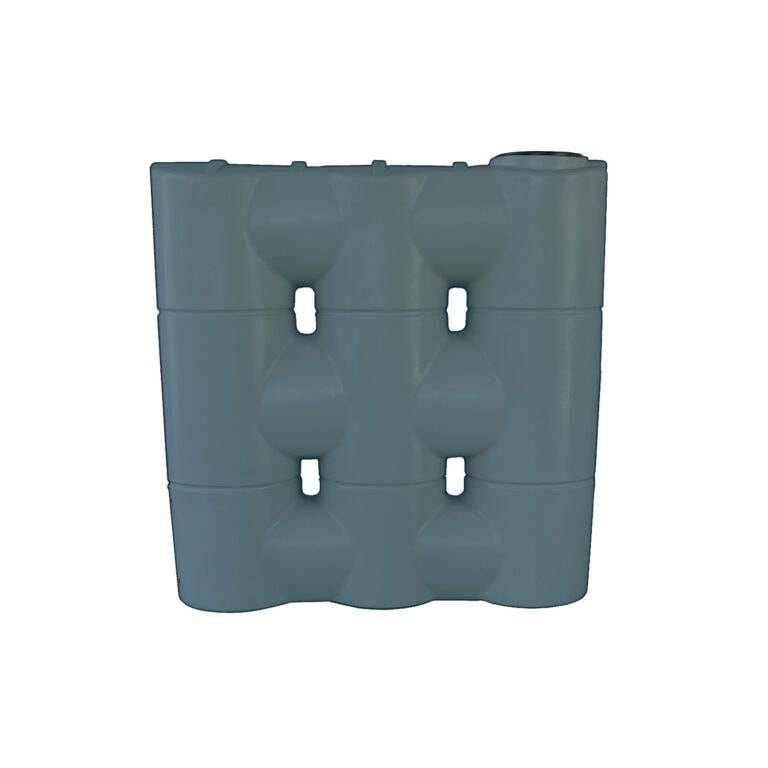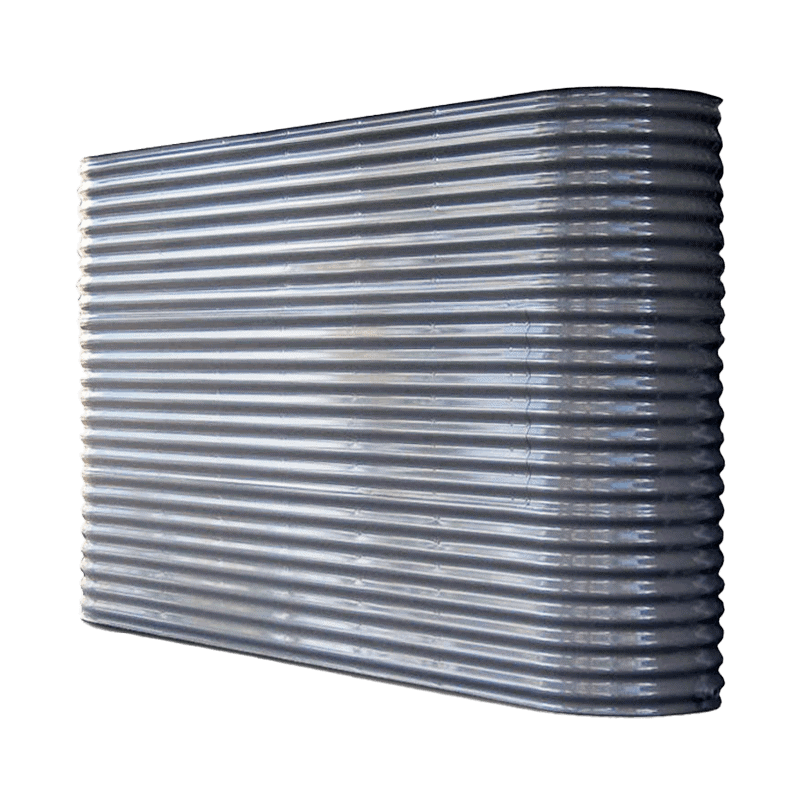Slimline Water Tanks: Elegant and Practical for Modern Houses
Slimline Water Tanks: Elegant and Practical for Modern Houses
Blog Article
Revealing the Conveniences of Rainwater Containers in Decreasing Water Expenses and Ecological Impact
In a world where sustainability and cost-efficiency are progressively vital, the use of rainwater storage tanks offers a practical and ecologically aware service. The advantages of including rainwater tanks into residential or industrial properties prolong past simple water expense decreases. By discovering the multifaceted advantages of such systems, one can discover a riches of insights into how they add to a more sustainable future while favorably influencing both finances and the environment.
Cost Financial Savings Via Rain Containers
When taking into consideration the execution of rain containers, significant cost financial savings can be attained via reliable water administration practices. Rainwater harvesting offers a sustainable remedy that not just lowers water bills but likewise reduces the strain on metropolitan water sources. By catching and keeping rainwater for various non-potable usages such as irrigation, toilet flushing, and laundry, homes and companies can substantially reduce their reliance on cured water from the grid, causing significant expense savings with time.
Among the main cost-saving advantages of rain containers is the reduction in water energy expenses. By utilizing collected rainwater for tasks that do not call for drinkable water, such as watering yards or cleaning automobiles, people can decrease their total water intake from the keys supply, causing decreased water expenses. In addition, rainwater storage tanks can help alleviate the impact of water restrictions or droughts by providing an alternate water resource for essential tasks, guaranteeing continuity in water supply without incurring too much expenses. Overall, buying rainwater storage tanks can bring about lasting financial savings while advertising water conservation and sustainability.

Environmental Impact Decrease
Implementing rainwater containers not only leads to expense financial savings yet likewise contributes considerably to lowering the ecological impact related to water consumption. By catching rain that would certainly or else escape right into storm drains pipes, rain storage tanks assist relieve stress on conventional water sources like rivers and reservoirs. This minimized need for municipally dealt with water brings about energy cost savings and a decline in the carbon footprint related to water treatment and circulation procedures.
Moreover, using rain for tasks such as horticulture, watering, and cleaning reduces the demand for utilizing cured water for non-potable objectives. This conservation of safe and clean water assists in maintaining water sources for crucial usages and lowers the energy-intensive procedures associated with treating water to fulfill alcohol consumption criteria.

Water Costs Reduction Advantages
The installation of rain tanks offers significant monetary advantages through decreases in water expenses. By important source gathering and storing rain for different home utilizes, such as watering yards, purging toilets, or doing washing, home owners can substantially reduce their reliance on the community supply of water. This, in turn, brings about an obvious decrease in water consumption from traditional sources, causing lower water costs at the end of each invoicing cycle.
Rainwater is a cost-free and sustainable resource that can supplement or also replace the demand for using cured water for non-potable objectives. Therefore, homes with rain containers can see a considerable reduction in their total water expenses gradually. Additionally, throughout durations of water restrictions or drought, having a rain container can provide an important alternative water resource, more reducing the reliance on costly metropolitan water products.
Fundamentally, purchasing a rain tank not only adds to environmental preservation but also offers tangible monetary benefits by minimizing water costs and advertising lasting expense savings for homeowners.
Sustainable Water Administration Solutions
Provided the monetary benefits and reduced dependence on metropolitan water products that rainwater containers give, discovering lasting water monitoring services ends up being a logical following step for property owners seeking to enhance their water usage. Sustainable water administration includes executing practices that successfully and sensibly utilize water Learn More resources while lessening wastefulness and ecological impact. Rainwater harvesting, which entails gathering and keeping rainwater for later use, is a key part of sustainable water management. By utilizing rain storage tanks to capture and store rainwater, home owners can lower their reliance on conventional water resources, such as local supplies or groundwater, therefore contributing to water preservation efforts.

Along with rainwater harvesting, lasting water management options might consist of carrying out water-efficient appliances, components, and landscaping practices - Slimline water tanks. Setting up low-flow toilets, showerheads, and faucets can considerably reduce water usage within households. Incorporating drought-resistant plants and utilizing smart irrigation systems can help reduce water usage for outside landscape design. By embracing these sustainable water management techniques, house owners can not only enhance their water use but additionally add to ecological preservation and minimize their water expenses over time.
Neighborhood Water Resource Conservation

Moreover, community participation can reach the implementation of water-saving innovations and methods on a larger scale. Encouraging the adoption of rainwater containers, greywater recycling systems, and reliable watering approaches within areas can cause considerable decreases in water usage. Additionally, promoting a sense of collective responsibility for water preservation can promote sustainable behaviors and techniques among neighborhood members.
Furthermore, area water source preservation efforts can lead the way for stronger bonds among residents and a shared dedication to ecological stewardship. By functioning with each other to secure and maintain water resources, neighborhoods can contribute substantially to an extra sustainable and resilient future.
Verdict
To conclude, rainwater containers use significant price savings, environmental advantages, and add to lasting water administration services. By decreasing water costs, saving water resources, and decreasing environmental influence, rainwater tanks play an essential duty in promoting water preservation and sustainability - Slimline water tanks. Their application not just benefits individual families but additionally adds to the more comprehensive goal of area water resource management and preservation
Report this page